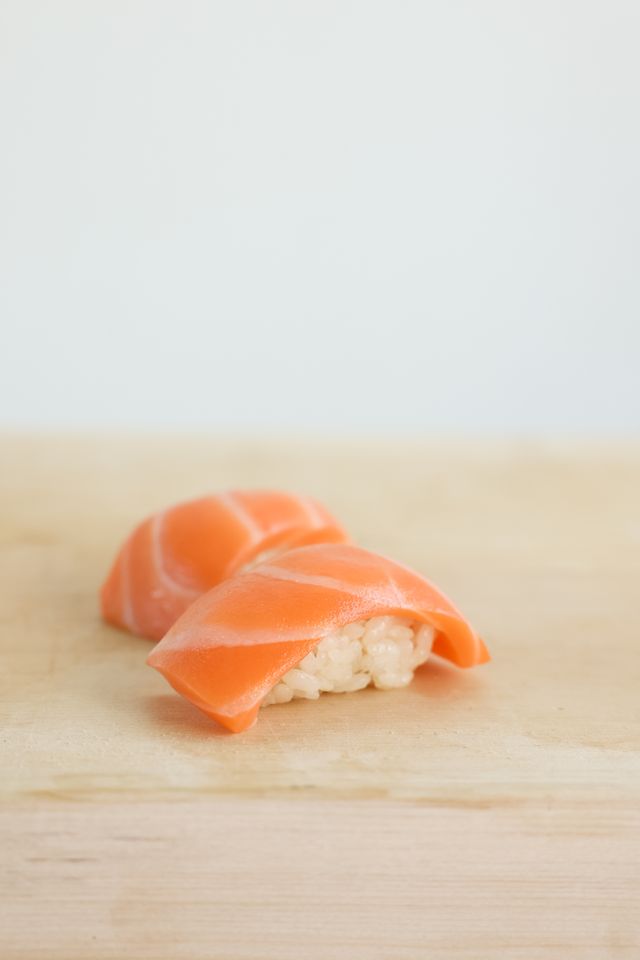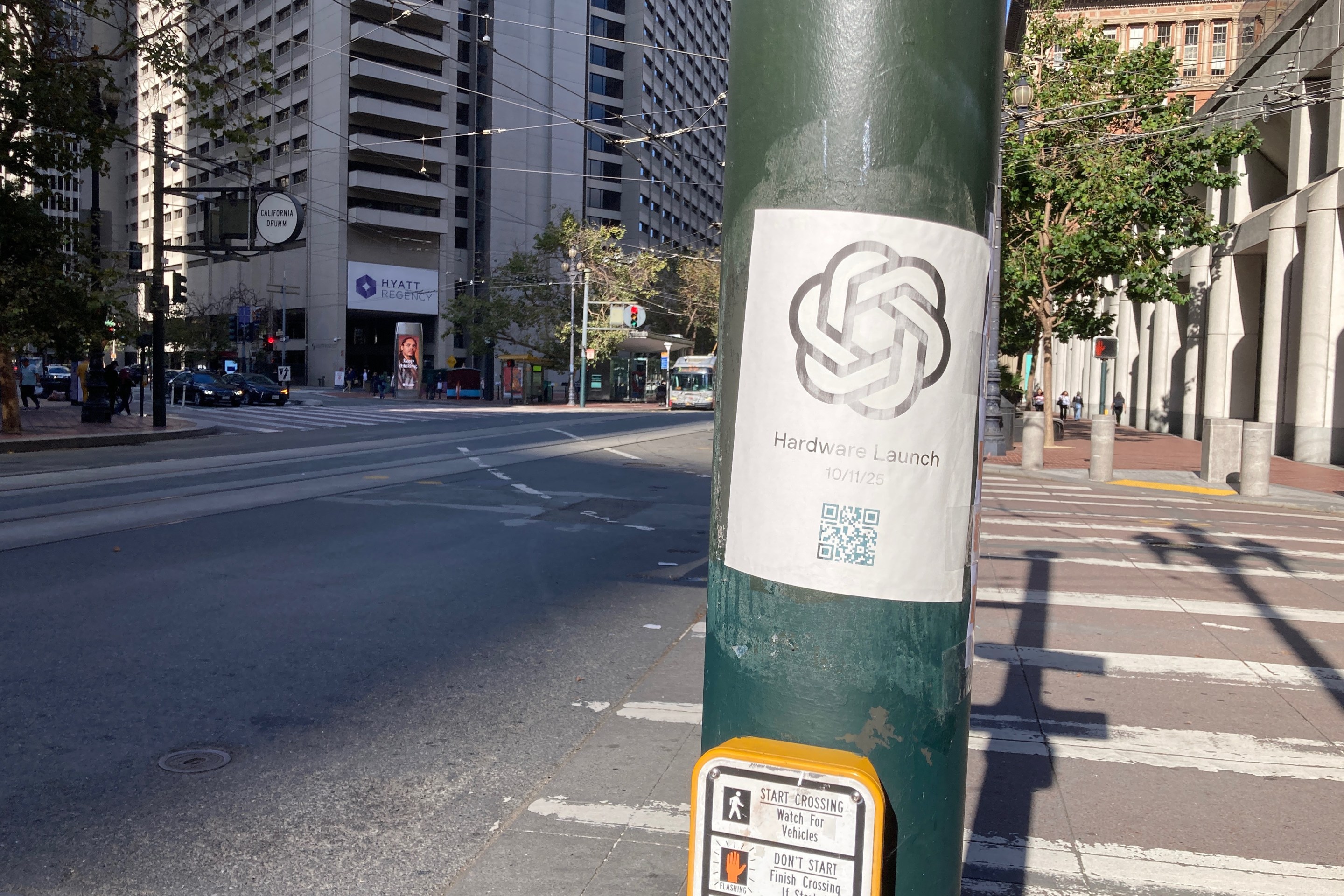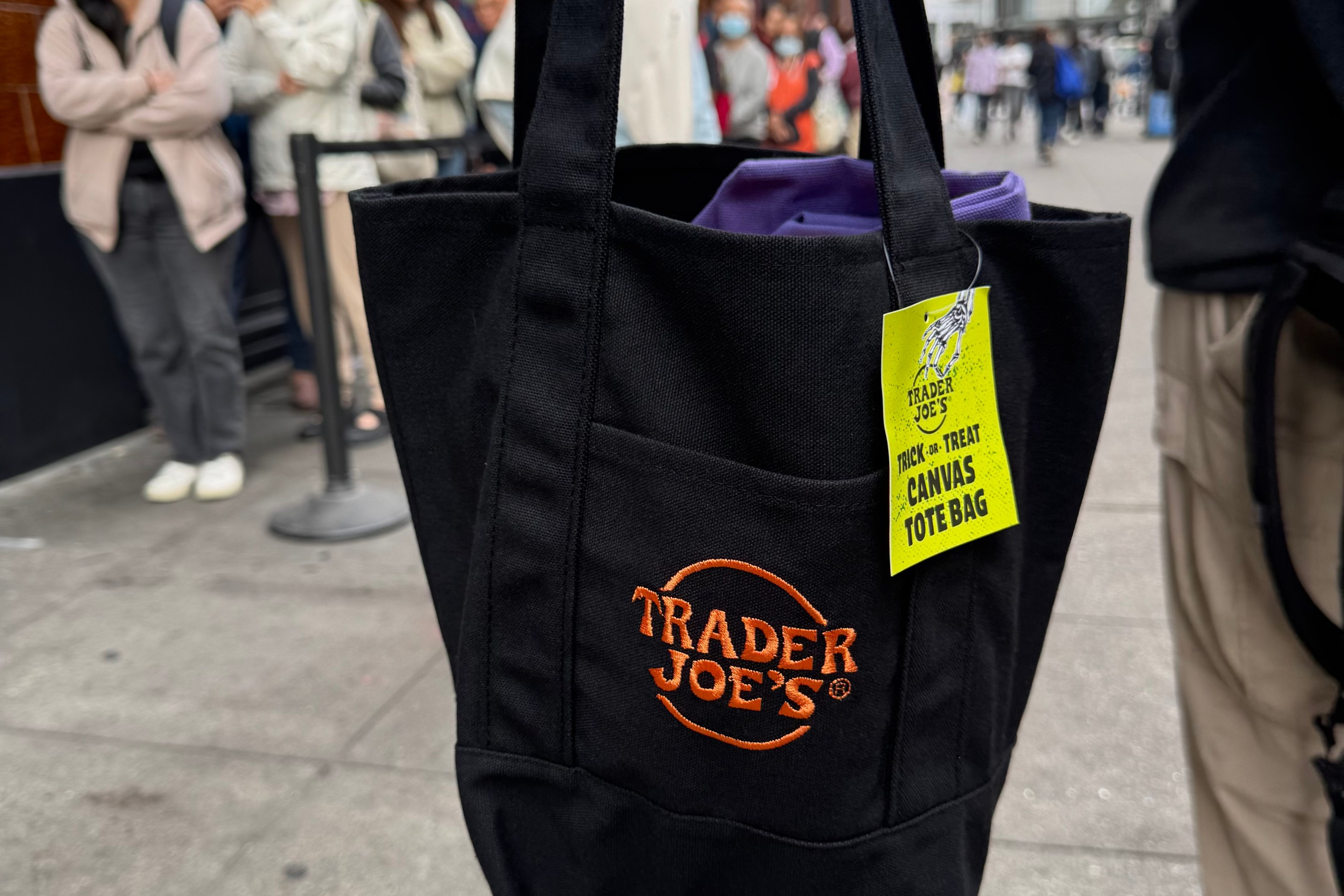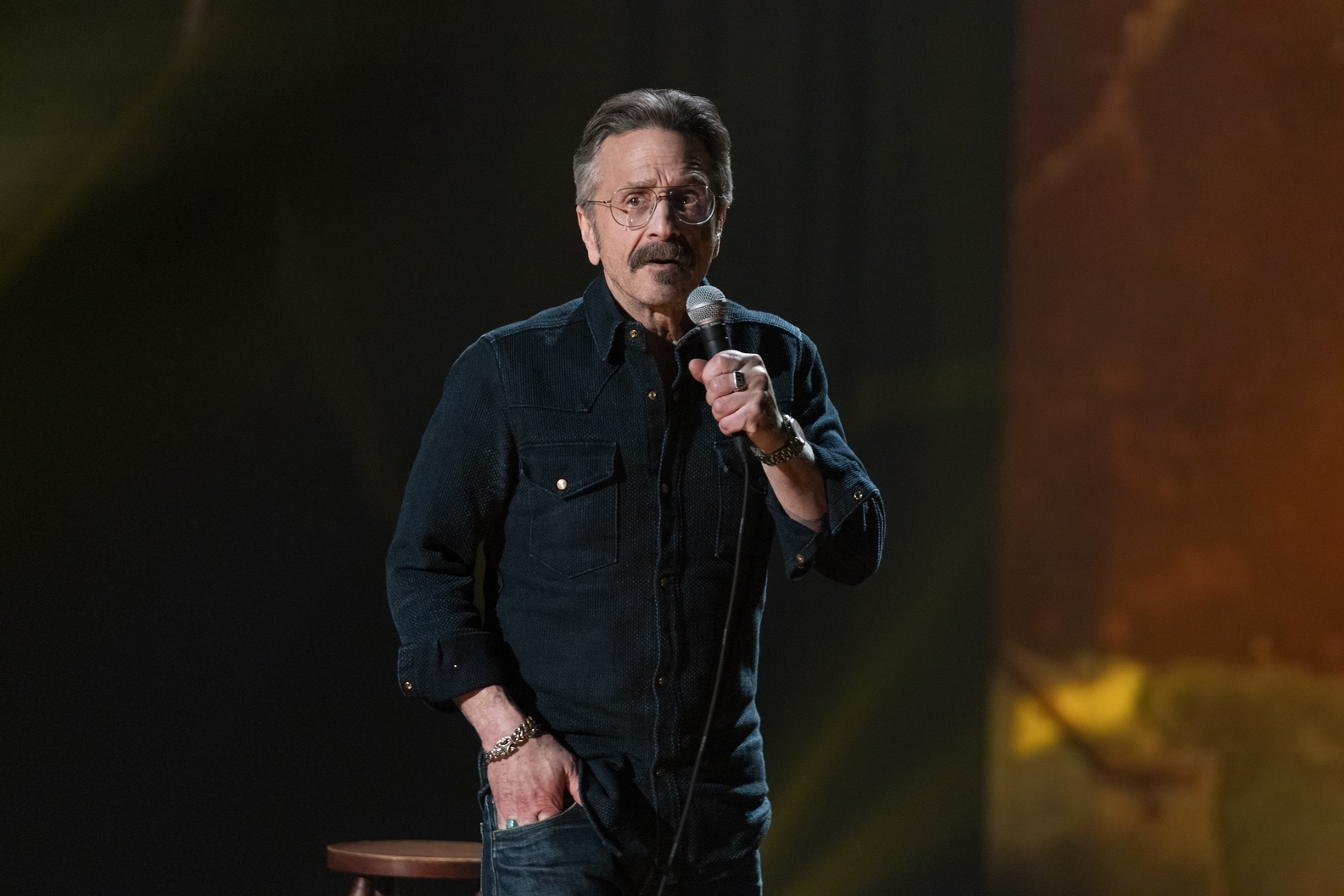Adam Tortosa, chef-owner of the Hayes Valley omakase restaurant Robin, may have cracked the code for locally-sourced seafood. While some San Francisco restaurants import their salmon from hundreds of miles away, what’s on the menu at Robin starting tonight travelled just 20 minutes from a facility in Dogpatch where it was grown.
San Francisco startup Wildtype is the first company to launch cultivated seafood in the US after receiving FDA approval in June. The cultivated salmon — that is to say, salmon made from cells, not caught in the wild or grown on farms — first debuted at Kann, a James Beard-award winning Haitian restaurant in Portland.
Robin now joins just two other restaurants in the country that serve the latest in fishtech.
Wildtype co-founder Aryé Elfenbein, a cardiologist, said he and his co-founder Justin Kolbeck, a former diplomat, hatched the idea with a simple curiosity: “Can we still eat meat and not eat animals?”
Some facts to consider: The US imports 80 percent of its seafood. Levels of heavy metals such as mercury are steadily rising in the world’s waters and find their way into the fish we eat. Salmon has become a popular host of microplastics. Excessive farming is eradicating “cultural” knowledge in fish populations and disrupting their millennia-old migration patterns.
One solution, at least according to Wildtype and other fishtech companies, is growing seafood from cultivated cells.
The cells used to establish Wildtype’s cultivated salmon were originally extracted from coho salmon at a hatchery in Washington, according to an FDA memo. Scientists isolated mesenchymal cells drawn from muscle and connective tissue in the “fry stage” of development, which happens right after the fish hatch from the egg.
Mesenchymal cells are capable of dividing and developing into multiple kinds of cells, including fat, muscle, and connective tissue. They are adapted to grow in large vats similar to those used to brew beer and kombucha, under temperature and water conditions similar to what wild fish thrive in. In fact, Wildtype runs its futuristic fishery in the old Magnolia Brewing facility, and even uses the old vats to mix its nutrient blend. Similar to how beer is made, the salmon cells are fed a nutrient mix to encourage natural growth.
According to its founders, Wildtype’s salmon contains virtually no contaminants. This is partly because the original fish that the cells were harvested from was young and had not yet taken in an excessive amount of metals and plastics. Each generation of cells grown from those originals has done so in a pristine, controlled environment, thereby eliminating any polluting factors.
“All of the cells we use today came from one fish seven years ago and we haven't had to return to the animal since then,” said Elfenbein.
Preserving fish — or the seas they come from — may not be top of mind for every consumer, but taste and purity likely are. “We wanted to make a product that stood on its own,” said Kolbeck. “Anyone would have a really good reason to purchase this product because who wants parasites, microplastics, or mercury in your fish, right? It's a pretty universal thing that nobody wants that in their food.”
Chef Tortosa has tasted several generations of Wildtype’s cultivated salmon. While the first batch six years ago certainly fell short of his standards — “like wet beef jerky,” he says — Tortosa believed in Wildtype’s mission and was involved in the tasting process as the company developed further batches.
The cultivated salmon Robin will be serving tonight, Tortosa says, is about a 95 percent match to caught fish. Coming from a chef who’s spent his entire career in sushi, that’s not a bad rating.
“At the end of the day, I think their mission and what they're doing is a really great thing,” said Tortosa, “but we wouldn't be serving it if it didn't taste good.”
The nutritional specs are comparable but not identical to naturally occurring fish. Wildtype’s micronutrients — omega-3 fatty acids, iron, etc. — are on par with wild Pacific salmon. Its protein content is lower, but that’s something the team has seen rise as they iterate new generations of cells.
The jury is out on whether cell-cultivated seafood should still be considered carnivorous. “We've had quite a few people who are vegetarian or vegan, some of whom never had fish in their entire lives and had it for the first time at Wildtype,” said Elfenbein. “It's kind of an incredible and sometimes strangely emotional thing to see.”
Plant-based diners were not the main inspiration for Elfenbein and Kolbeck. Wildtype salmon was created as a food system replacement, not a dietary one.
“If you kind of look at how we get fish now, there are good wild fishing techniques and there are terrible wild fishing techniques. There are good farms and there are bad farms. Those are kind of the four buckets of how fish is served now, essentially,” said Tortosa. “I kind of look at what they're doing as just another bucket. Hopefully, eventually, it will replace the bad farms.”
Tonight, Tortosa plans to serve the Wildtype cultivated salmon as nigiri, pulling inspiration from the classic everything bagel with lox, onions, and tomato. It will be a regular menu offering for the foreseeable future and has already generated a lot of buzz. Elfenbein and Kolbeck will be on hand to help Robin’s staff explain what’s on their plates and how — and where — it was made.
Salmon may be the catch of the day (after seven long years of R&D), but Wildtype is already considering what species of fish to cultivate next.







